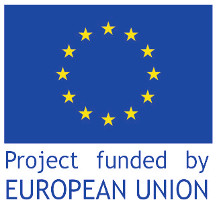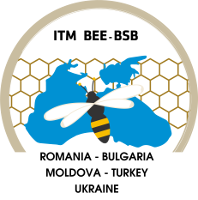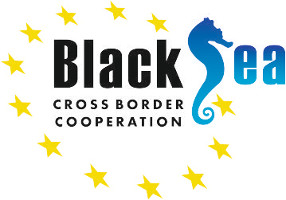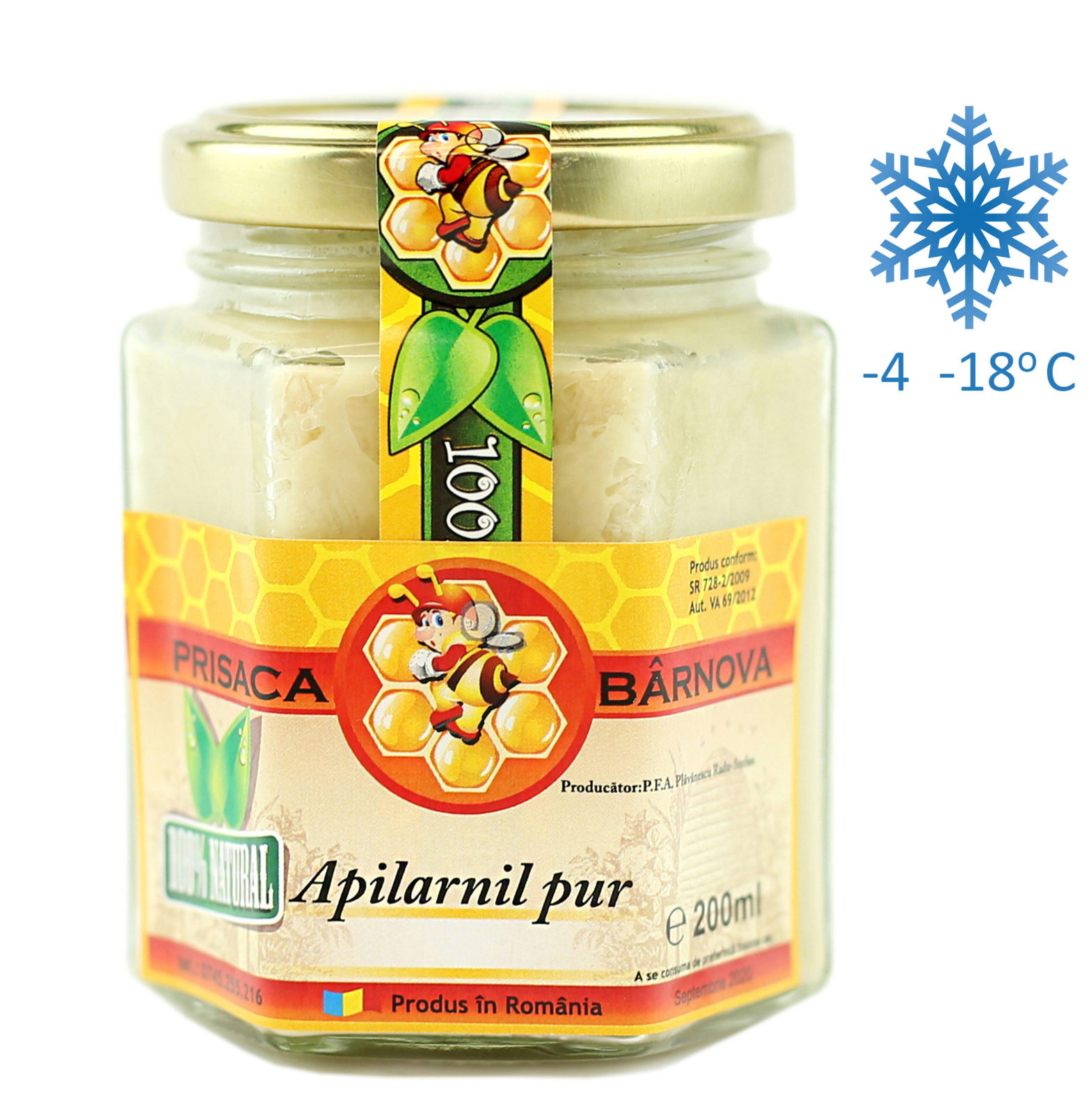It is a product obtained by treating the larvae of drones, harvested before calving, meaning, on the 10th day after laying the eggs. From a family of bees you can harvest 1 kg of apilarnil. The optimum period of production of apilarnil is from April to May and lasts until August.
After harvesting the apilarnil is packaged only in 1000 ml containers which are hermetically sealed. The containers which contains larvae should be frozen at temperatures of -5 degrees C. From harvesting to freezing they should not be longer than 3 to 5 hours, and the transport must be at temperatures between – 5 and 3 degrees C.
For longer storage and time, freeze at temperatures between -20 degrees to -5 degrees C or combine with honey in a ratio of 1:10 (one part apilarnil and 10 parts honey).
Types of Apilarnil:
- Freshly homogenized and unfiltered product, kept in the freezer between -10 degrees to -5 degrees
- Larval triturate resulting from the trituration of the homogenized and filtered apilarnil. Store at temperatures between -15 and up to -5 degrees.
- Lyophilized product resulting from dehydration of the larval triturate. Store at temperatures between 0 and 10 degrees in hermetically sealed containers. In this form it can be kept for up to 2 years.
Apilarnil is a very good antibiotic, antiseptic, antiviral, antifungal, biotrophic, vitalizing, psychotonic, toning agent and potentiates the natural defense factors of the body, it is a good regulator of human body metabolism, a biological response modifier (BRM).




